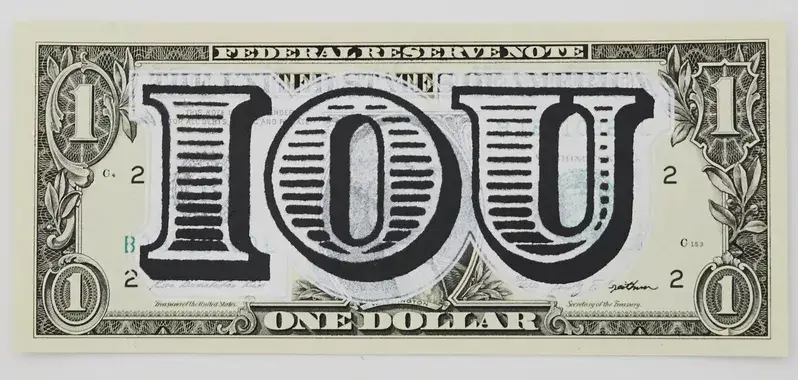In the course of transacting business with other parties, individuals may encounter the term IOU. The term is used with regard to debt obligations or the need to pay back certain lines of credit, and so on.
As the acronym somewhat implies, IOU stands for “I owe you”. IOUs are widely seen as an informal acknowledgment of the existence of a debt obligation of some sort between the parties mentioned in the IOU document.
This practice is actually quite old though it is not considered a formal statement of debt and, as such, has less binding powers than a formal contract.
Nonetheless, IOUs might be useful in keeping everyone on the same page. As far as debt is concerned and often presages the delivery of a more formal statement or notification of a debt.
The Mechanics of an IOU
It’s not hard to grasp the concept of an IOU with just a glance at the acronym. Mechanically speaking, the IOU is quite different from a contractual debt obligation. Especially on how it actually works in a business relationship is worth noting.
Quite often, it depends on how the IOU is formulated and under what conditions. That largely determines its contours and details. Typically, as a more informal debt note, IOUs work in a way similar to letters of intent, memoranda of understanding, and other instruments. These instruments signal one party’s willingness to follow through on a pledge.
This may later be crystallized in a formal contract though, if the IOU debt is satisfied, this would be unnecessary. Instead, a receipt of payment would need to be created. This receipt could include details of the debt and how it was paid off for purposes of memorialization and future reference.
IOUs shortcomings
Because of the somewhat gray area occupied by instruments like IOUs, there really isn’t a standardized format to follow. Outside of the rudiments of how to note a debt. Such information would include the debtor, debtee, amount, possibly what the money was used for, when it will be paid, how it will be paid, and whether in installments or as a lump sum, among other things.
In essence, the IOU needs to require enough information to make it intelligible to outsiders. Some people might refer to this as the “narrative” of the document at hand.
Does the IOU answer the important questions of who, when, where, why, and how?
Other more ancillary features of such a statement might include a witness to the agreement as well as their relevant contact information.
As far as accounting is concerned, in some cases, an IOU can be an asset. Depending on how it is classified and the terms of the agreement. Because of their less formal nature, IOUs leave the lender with fewer powers of recourse in the legal system. Should the borrower fail to pay their debt according to the agreement.
Such vague outlines in the legal realm make IOUs less desirable from a business standpoint. Often parties in such an environment would be better served with a more formal agreement.

